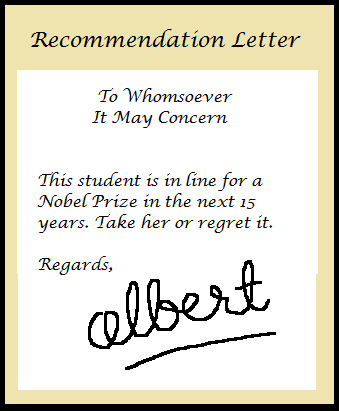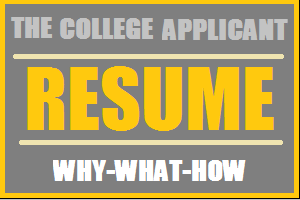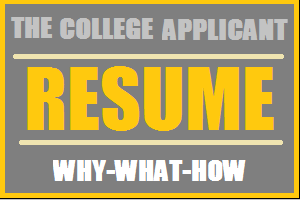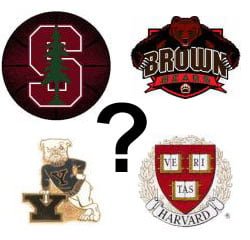 The application season is on, June is just round the corner …and university deadlines are coming up soon. So, here is our much awaited blog for university application deadlines for spring 2014 covering 107 universities with application deadlines from June to December for the Spring 2014 semester. At the end is a section on universities with rolling deadlines (click here to find out what is meant by rolling deadlines).
The application season is on, June is just round the corner …and university deadlines are coming up soon. So, here is our much awaited blog for university application deadlines for spring 2014 covering 107 universities with application deadlines from June to December for the Spring 2014 semester. At the end is a section on universities with rolling deadlines (click here to find out what is meant by rolling deadlines).
Remember that American universities update deadlines on their websites at different times during the academic year so, we will update this blog to keep up with changes on their official websites.
Presenting the first of our deadline alerts.

Important Question: “Do you know which university you should apply to?”
A deadline is of use only if you know what university you should apply to. For those of you who are not too clear, here is how to decide:
1. Talk to seniors and decide which specialization you should apply for (examples: Networking, Data Bases etc. for Computer Engineers; Digital Signal Processing, VLSI etc. for Electronics and Telecommunications Engineers; MEMS, Robotics etc. for Mechanical Engineers)
2. To find out which universities or colleges offer the specialization you want, go to online.dilipoakacademy.com and look up your college or university in the University Information feature. All you have to do is select a university from the list of the top 220 provided (these have been selected by Mr. Dilip Oak) and you will get a list of departments and courses available. Click here to see. Registration is free and is open to all! (For more details on how to select a university see our ‘Selecting the Right American University for Your MS in the US‘ blog)
3. To plan your application process, check the general deadlines given in this blog. This will give you an idea of how much time you have and how to go about applying.
4. For the exact departmental deadline click the URL at the bottom of the University Information page for that university in online.dilipoakacademy.com. This will give you a more precise idea of how to plan your application process (see our Application Timeline for Spring 2014 blog – to be released in December – to see more specifically how you should go about applying)
Good luck and if your university is not in the list provided, keep looking for it. We will be updating this blog.
Related blogs:
Also see:
Deadlines in June
- University of Maryland, Baltimore County –1 Jun
- Texas Tech University –15 Jun
- University of Tennessee, Knoxville –15 Jun
Continue reading →
 The transcript is an official summary of your academic performance and progress to date. It is one of the key documents you have to submit when you are applying for admission to a doctoral or master’s program of studies in an American college or university (the others are the statement of purpose, recommendation letters, a resume and of course your GRE and TOEFL scores). In order for the transcript to be acceptable to American universities as an official document, it must conform to the following specifications – it should be:
The transcript is an official summary of your academic performance and progress to date. It is one of the key documents you have to submit when you are applying for admission to a doctoral or master’s program of studies in an American college or university (the others are the statement of purpose, recommendation letters, a resume and of course your GRE and TOEFL scores). In order for the transcript to be acceptable to American universities as an official document, it must conform to the following specifications – it should be:






 If you are thinking of getting admission in fall 2014 the clock is ticking and August is drawing to a close. So, if you want to be in your American university at around this time next year, what should be your priorities in the next couple of months (and as you can see from the picture above, it really is beautiful there during fall). Hint: one thing that you will need to do is start thinking about which universities to apply to – and then there is going to be a lot of head scratching that you will have to do to select universities to apply to …and so much interviewing and researching that you are going to feel .like a news reporter! The details are below. Ready to read? Well, get set and go!
If you are thinking of getting admission in fall 2014 the clock is ticking and August is drawing to a close. So, if you want to be in your American university at around this time next year, what should be your priorities in the next couple of months (and as you can see from the picture above, it really is beautiful there during fall). Hint: one thing that you will need to do is start thinking about which universities to apply to – and then there is going to be a lot of head scratching that you will have to do to select universities to apply to …and so much interviewing and researching that you are going to feel .like a news reporter! The details are below. Ready to read? Well, get set and go! The application season is on, June is just round the corner …and university deadlines are coming up soon. So, here is our much awaited blog for university application deadlines for spring 2014 covering 107 universities with application deadlines from June to December for the Spring 2014 semester. At the end is a section on universities with rolling deadlines (click
The application season is on, June is just round the corner …and university deadlines are coming up soon. So, here is our much awaited blog for university application deadlines for spring 2014 covering 107 universities with application deadlines from June to December for the Spring 2014 semester. At the end is a section on universities with rolling deadlines (click 

